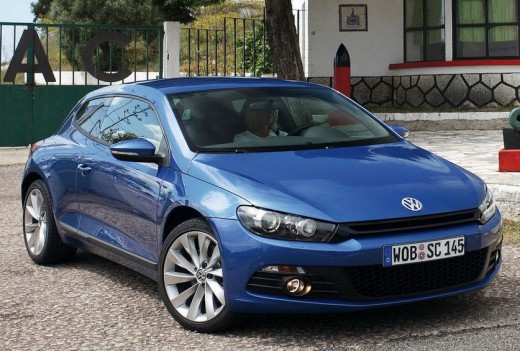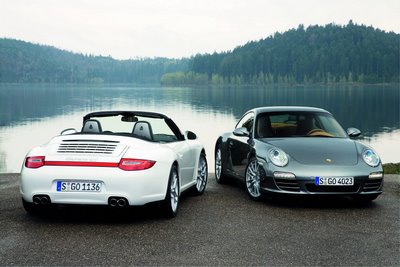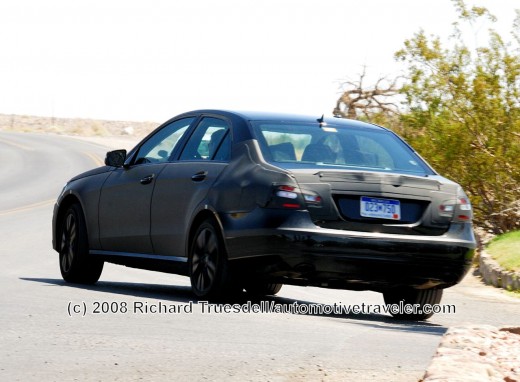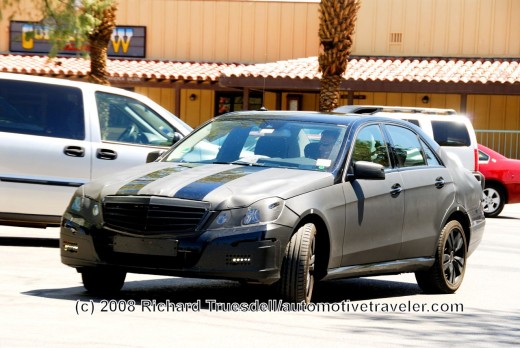Aspiring German automaker Loremo has unveiled the newest images of their production intent model. Although they're only 3D renderings, they already show what the production model should look like. After the initial prototypes, the car gets the definitive shape, which is slightly more conventional in shape than before but also offers more interior space for its occupants. The long tail is still there, kept for aerodynamic reasons to keep the drag coefficient at 0.20.
Regarding powertrains, we will find three available, and they even disclosed approximate prices:
- LS: 2-cyl turbo diesel, 20hp, 2 l/100 km (117mpg U. S.). 0-100 km/h (0-62mph) under 20s. Top speed 160 km/h (95mph) - €15,000
- GT: 3-cyl turbo diesel, 50hp, 3 l/100 km (78mpg U. S.). 0-100 km/h under 10s. Top speed 200 km/h (125mph) - €20,000
- EV: Lithium-ion batteries, 20 kW (25hp), 0-100 km/h under 15s. Top speed 170 km/h (105mph) - €30,000

















































